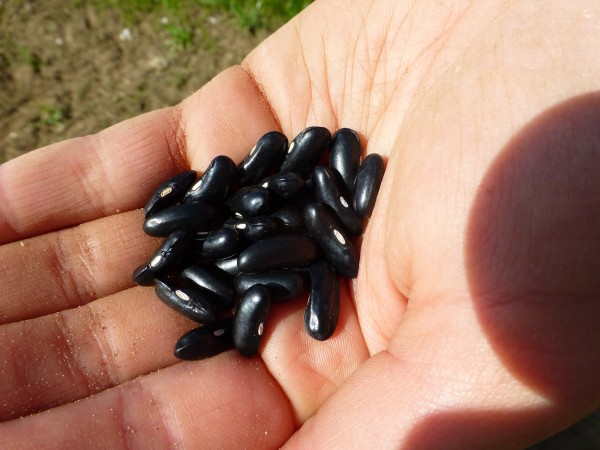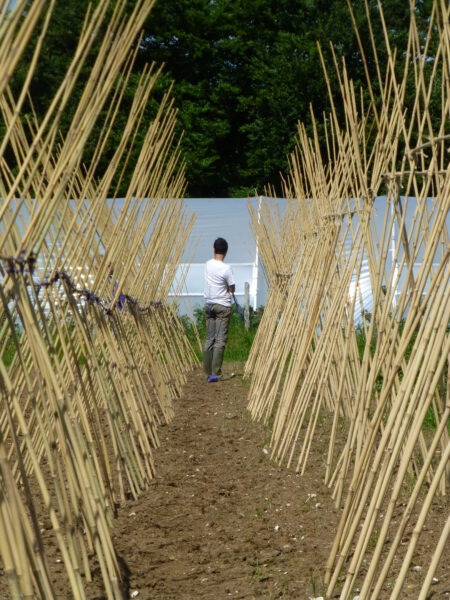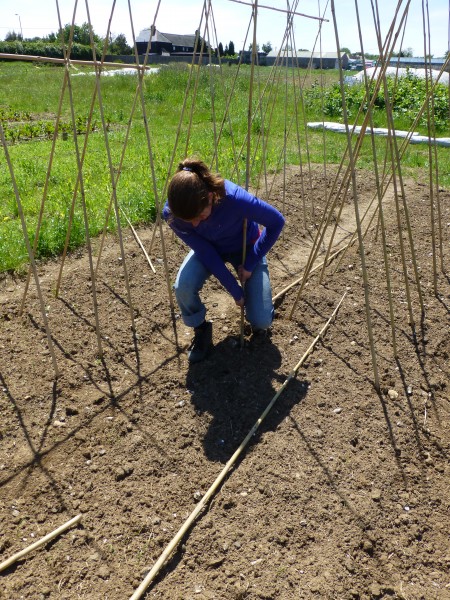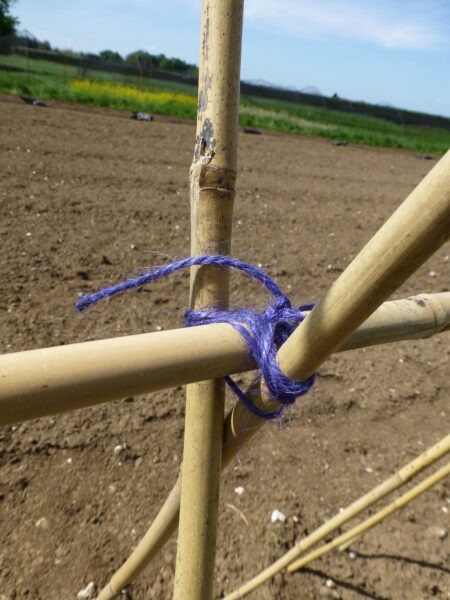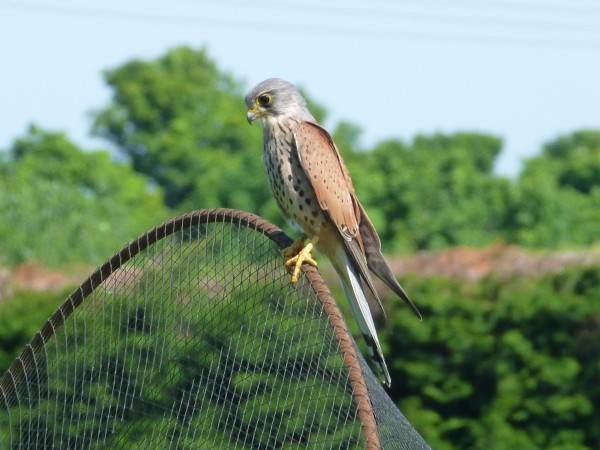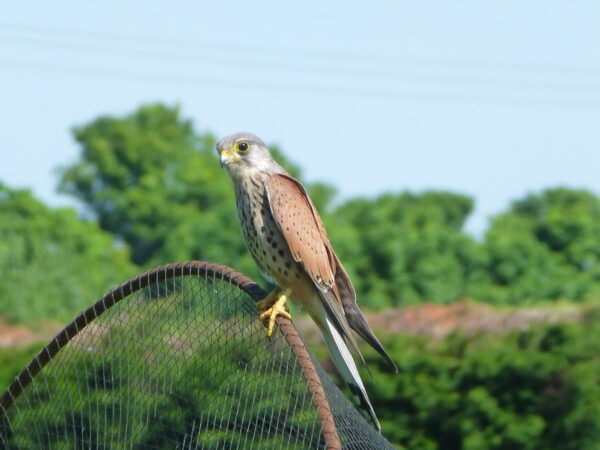Written by Gavin, a volunteer on our Sustainable Farming Assistant programme.
Tuesday was a stunningly beautfiul day at the farm this week, and we were out in the fields, hatted and suncreamed, on bean duty. Slip, slap, slop and sow as Australians might say.
Early on we were interrupted by the site of this handsome fellow, a male kestrel – first treating us to an amazing display of mid-air hovering, as it scanned the ground for prey we couldn’t see, and then landing on our netted hoops to pose for photographs.
It’s worth saying that this beautiful bird’s presence says some very positive things about Sutton Community Farm and the way the team here is managing it.
Why’s that? Well, kestrel populations have been in decline in the UK and other parts of Europe, and this has been linked to the decline of other species that depend on agricultural land (so says the RSPB’s Handbook of British Birds). It tells us:
“Although the causes are not fully understood, the more intensive management of grassland, with fewer areas supporting voles, more widespread use of insecticides and the loss of wide field margins mean that small mammal populations have reduced. Schemes aimed at restoring hay meadows, providing beetle banks and restoring field margins may be helping.”
Sutton Community Farm, of course, is a pesticide and insecticide-free zone, so it’s great to see this sign that the eco-friendly way it’s managed could be having a real and visible positive effect on wild animal life. What it might have had in its sights we don’t know, but apart from voles, kestrels also have a taste for shrews, mice, voles and rabbits, as well as other birds including larks, pipits and starlings. Beetles, other insects and worms had also better watch out when kestrels are around.
Back to work: Tuesday was about beans. We planted four different varieties into two beds, and to see (all in good time) what effect different seed-sowing methods might have on how well they grow, we planted one bed by carefully planting seeds at 10cm spacing while in another we used the quicker but less precise method of scattering them a bit less precisely along hoed furrows and then raking them over. It’ll be interesting to see whether the results are much different as they germinate and grow.
In the afternoon we added two more lines of bamboo supports into other beds for climbing beans to clamber up, and planted a pair of beans where each bamboo pole met the soil. This was tough – it can take a lot of your bodyweight to push the poles deep enough into the soil (which was pretty dry and getting hard after a few days of dry weather), and a fair bit of stress on the hands (the blister on my pinkie is the proof), and it’s repetitive and pretty brainless work – but with three of us working together it’s also nice work for getting in a bit of gossiping.
As the first row of canes erected earlier had proven itself a bit wobbly after a bit of wind buffeting, we also worked hard to figure out a sure way of tying the canes structure so it would stay solid. After tying dozens I think we all found our favourite knot and stuck to it. I’m pretty optimistic that we made a fairly weatherproof bean support.
